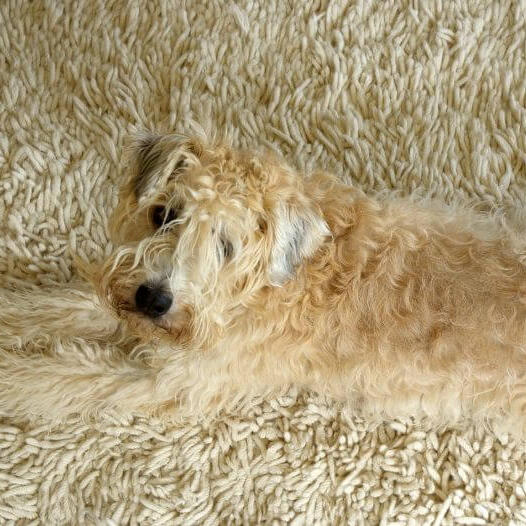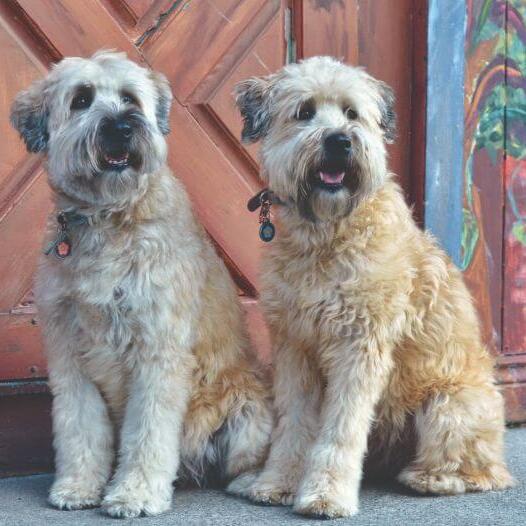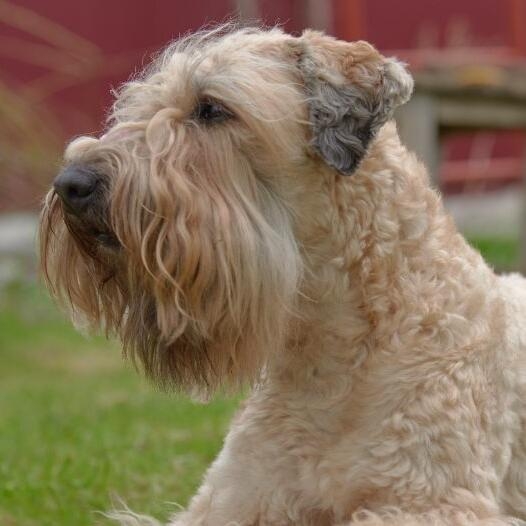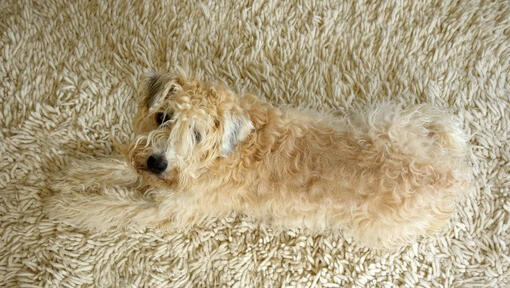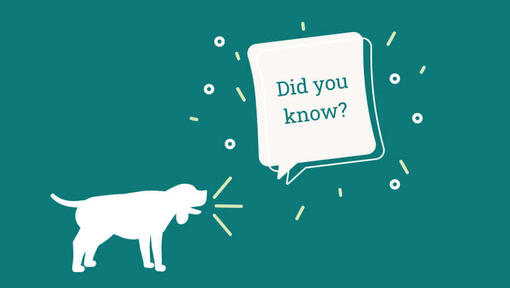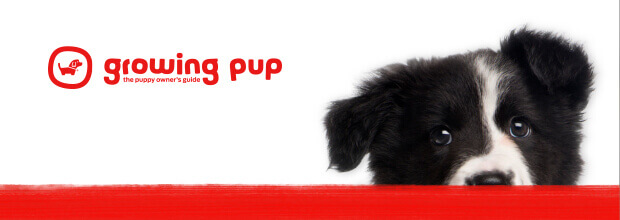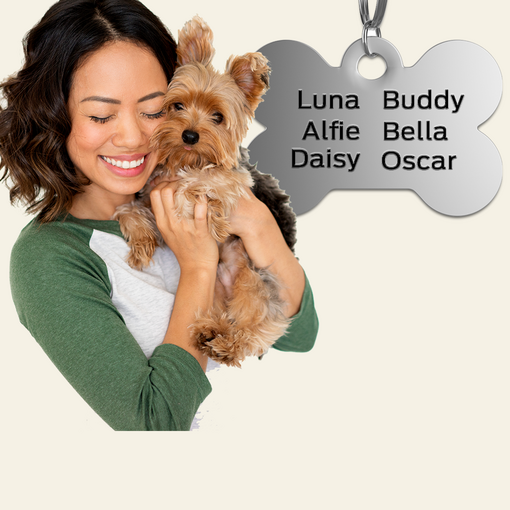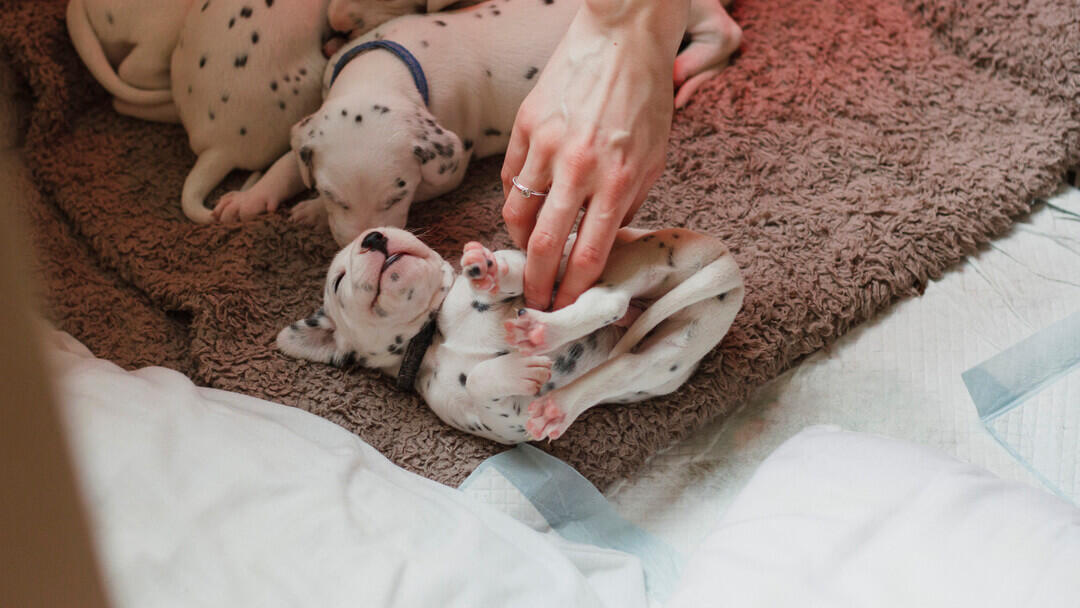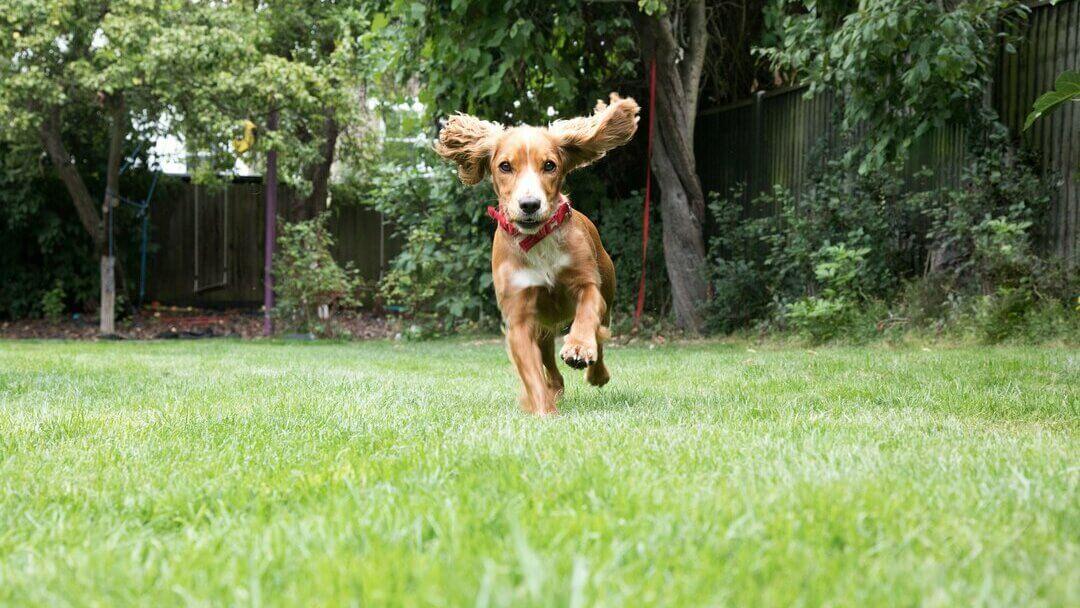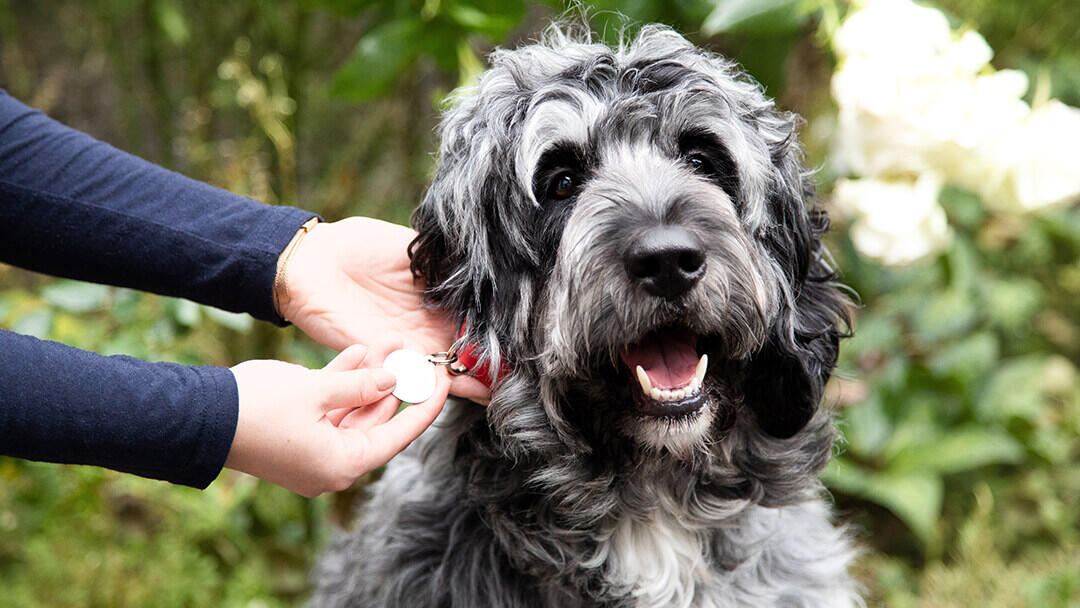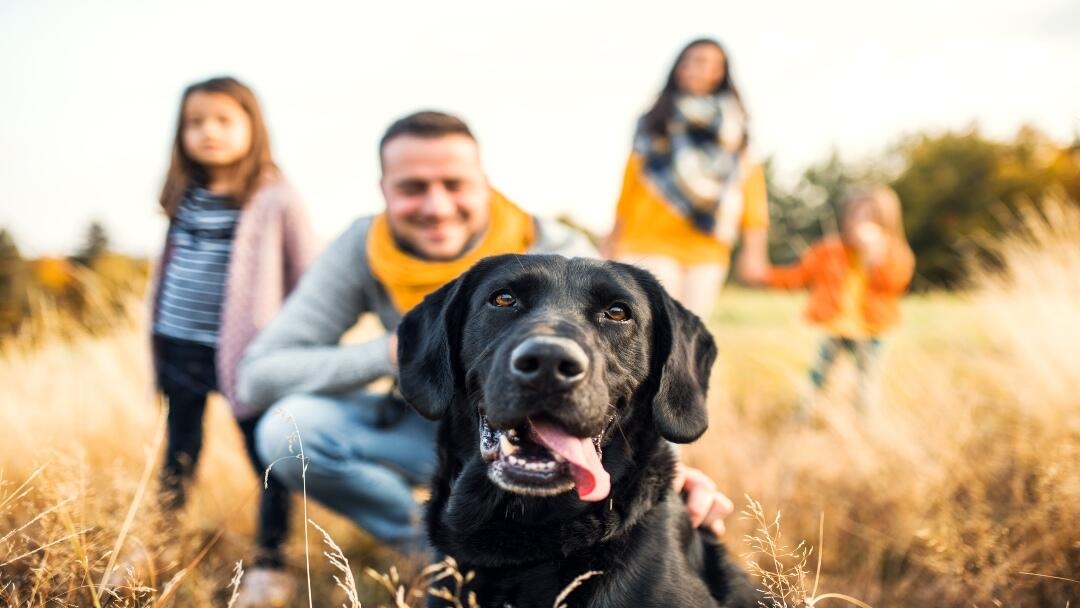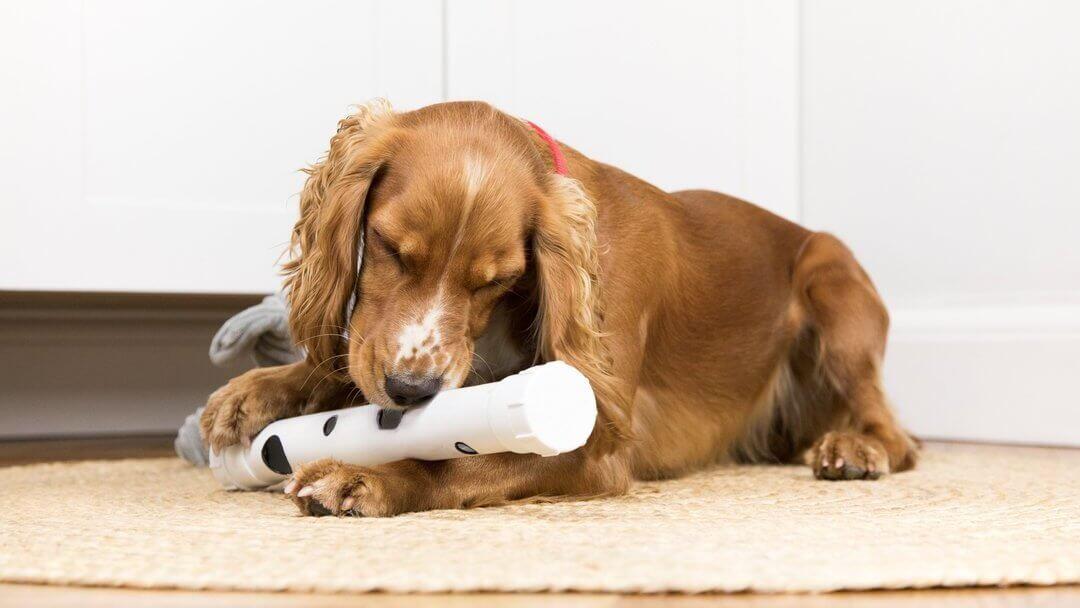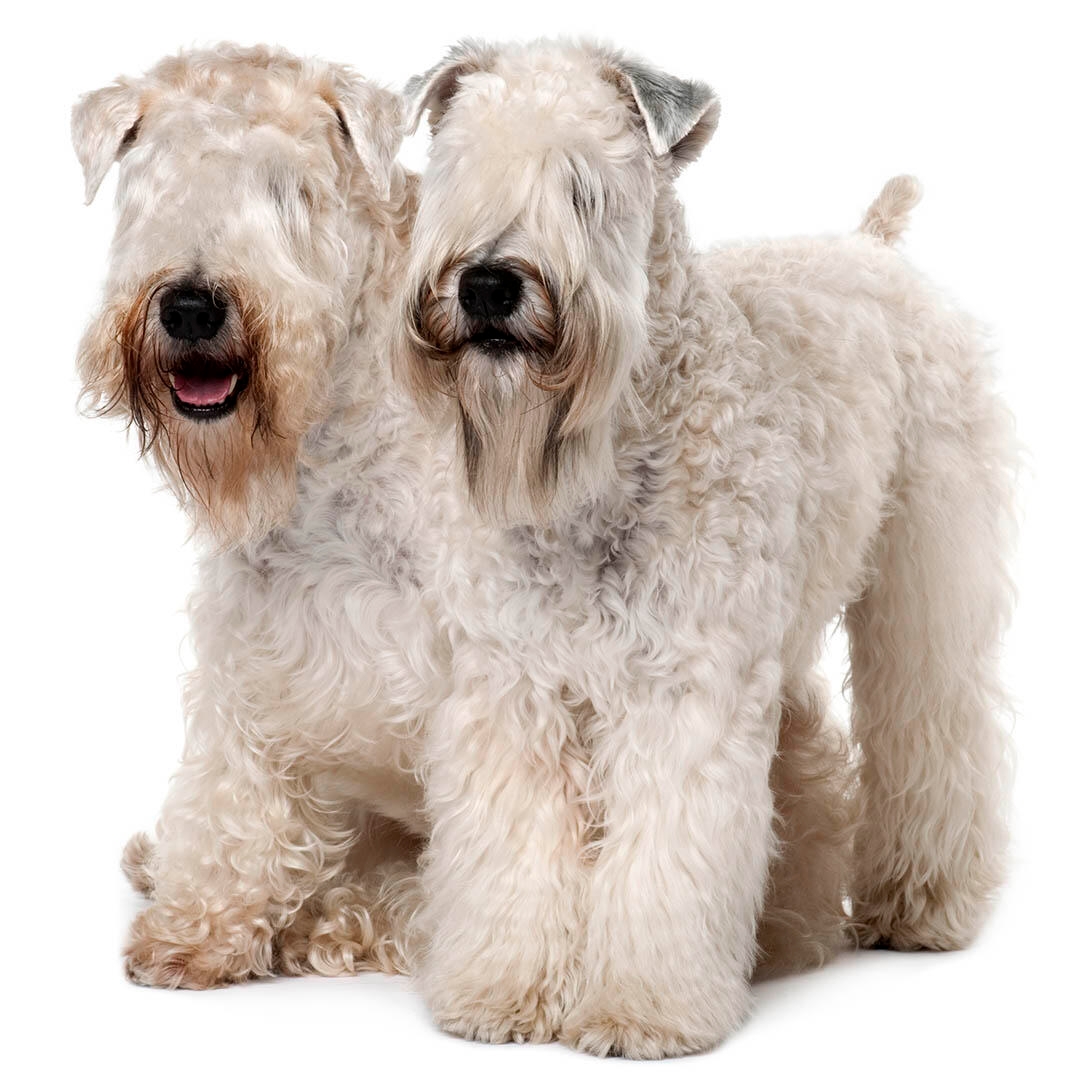
Although the Soft Coated Wheaten Terrier has been around for over 200 years, their roots are in farm work, eradicating vermin, probably providing some sport for their owners, and guarding/watchdog activities. Some could even turn their hand to driving cattle and herding sheep. As such, owners were not particularly bothered about breeding to a standard, instead rather breeding for function, and so the breed was very variable in appearance and not recognised by the Irish Kennel Club until 1937. The Kennel Club finally recognised the breed in 1975, but the Soft Coated Wheaten Terrier has never been one of the more popular terriers.
Enthusiasts of the breed say that they are the ‘original Irish Terrier’ that all others were developed from (although most Irish terrier breeds claim this!) but given their versatility that makes them such a great all-rounder, it is entirely possible.
